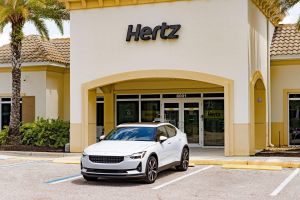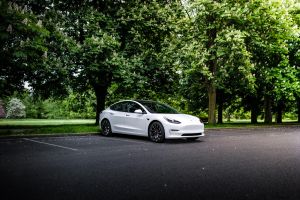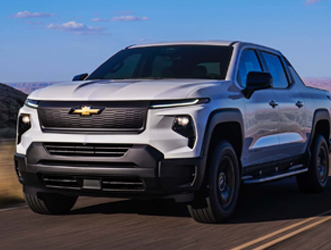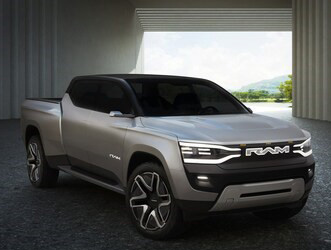Honda Prepares U.S. Manufacturing Plants for EV Production
Written by Mark Kane, InsideEVs
Published March 16, 2023
Hondaannounced several crucial steps to establish an EV Hub in Ohio, where the company intends to produce its next-generation all-electric cars.
The Japanese manufacturer intends to invest some $700 million to re-tool several of its existing auto and powertrain plants in the state, to support the introduction of EVs based on the new Honda e:Architecture, scheduled for 2026.
The main focus of the plan is the Marysville Auto Plant, where Honda began auto production in America in 1982, which will be Honda’s first auto plant in the U.S. to transition to making EVs.
The transformation will concern also the East Liberty Auto Plant and Anna Engine Plant, as well as plants outside Ohio.
Marysville Auto Plant (MAP)
MAP will consolidate assembly lines for internal combustion engine (ICE) and hybrid electric (HEV) vehicles into one line, and retool them for the production of EVs and EV components.
Preparations will start in 2024 so the factory will be ready for all-electric car production in 2026.
Production of the Honda Accord, currently at MAP, will be transferred to the Indiana Auto Plant (IAP) in 2025, so the production volume of this model will be maintained.
East Liberty Auto Plant (ELP)
ELP in Ohio will also produce all-electric cars, but there are no details yet.
Anna Engine Plant (AEP)
AEP in Ohio will shift production of some engine components to the Honda engine plant in Alabama. In effect, the plant will be able to prepare for the production of battery cases for all-electric cars.
"AEP will transfer component production for two different generations of engines to the engine plant at the Alabama Auto Plant (AAP)," Honda siad. "Machining of the engine head, which ended at AEP in February, for the existing V6 engine that powers many Honda light trucks will be added to existing AAP operations beginning in March 2023. Engine block casting for the all-new V6 engine just introduced in the all-new 2023 Honda Pilot, will begin at AAP in August 2023. These two moves will allow AEP to re-allocate space for future IPU Case production."
Let's recall that lithium-ion battery modules for the next-generation Honda and Acura models will be produced near Jeffersonville, OH, by a joint venture between Honda and LG Energy Solution. The plant will have an annual output of 40 gigawatt-hours (kWh) annually, while the production is expected to begin in 2025.
Transmission Plant-Georgia (TMP-G)
The TMP-G plant, as part of a partnership between Honda and a supplier, will install a new line to build e-axles (electric motor, gearing components and power electronics) for all-electric cars.
According to the press release, the undisclosed supplier will install, own and operate the new e-axle line in the space currently occupied by a transmission production line not in operation.
Overall, Honda intends to maintain production of the ICE and HEV vehicles in the U.S. "to meet anticipated strong customer demand through 2030 and beyond" and maintain stable employment during the transformation to EVs.
We thank InsideEVs for reprint permission.




























